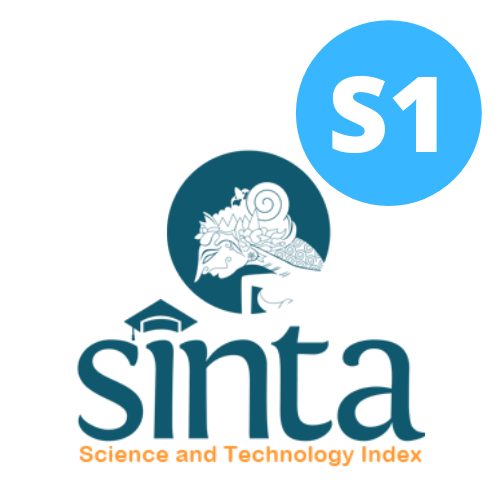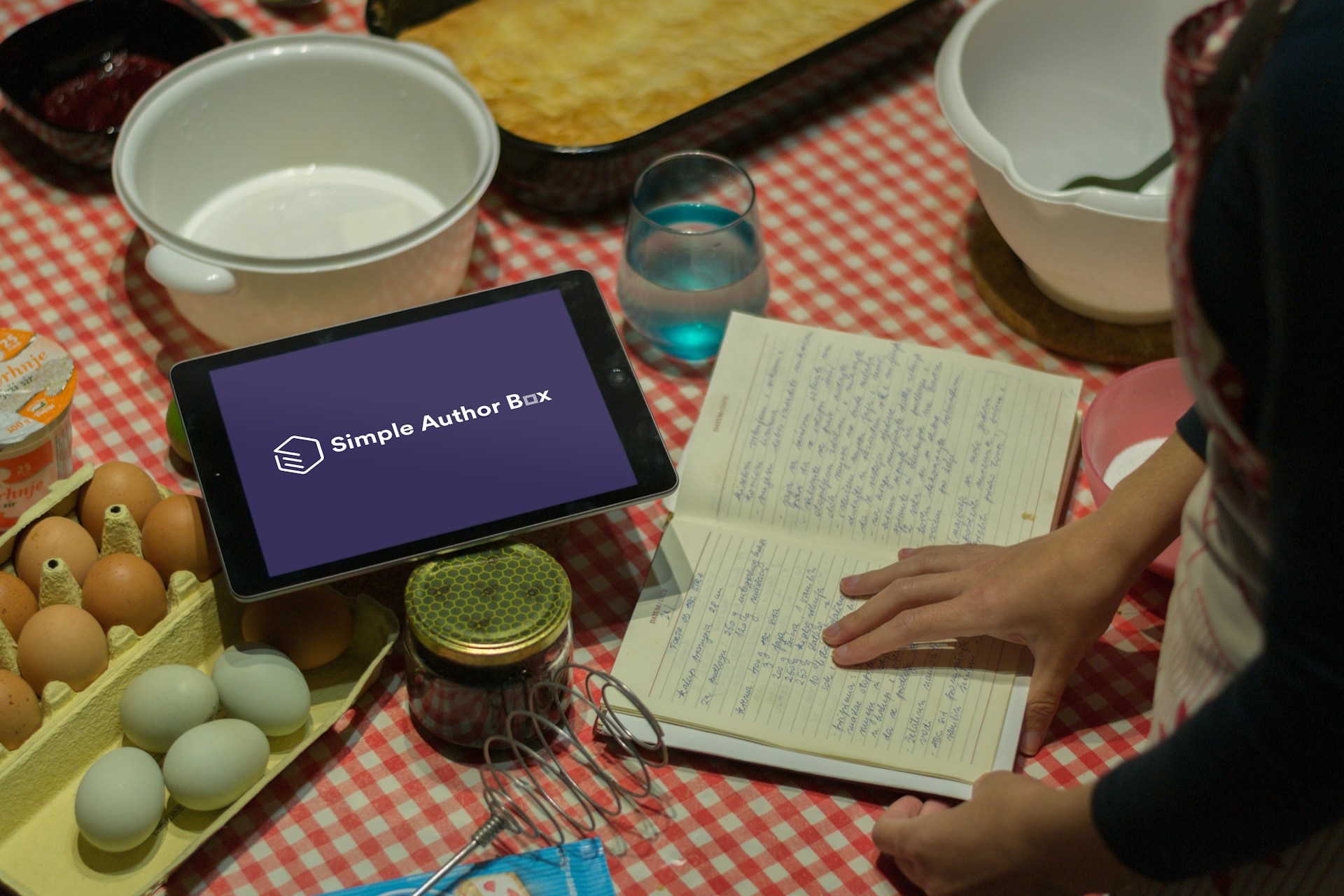Association between Six Key Messages Behaviour and Incidence of Stunting in Under-Two-Year-Old Children in Central Java Province
Hubungan antara Perilaku Enam Pesan Kunci dengan Kejadian Stunting pada Anak dibawah Dua Tahun di Provinsi Jawa Tengah

Downloads
Background: The stunting prevalence in Central Java Province remains high. Six key messages, i.e. iron tablet supplementation, healthy latrines, exclusive breastfeeding, Integrated Health Care Post (Posyandu) visit, hand washing, and Antenatal Care visit are the efforts to reduce the prevalence of stunting.
Objectives: This study aimed to analyse the relationship between the behaviour of the six key messages and the stunting prevalence in four districts of Central Java Province.
Methods: This cross-sectional study was conducted in Brebes Regency, Tegal Regency, Banyumas Regency, and Semarang City with 424 mothers who have under two-year-old children randomly selected as sample. Data were collected by interview using a structured questionnaire with the results grouped into attitude and practices categories. The body’s weight and length were measured by a digital scale and infantometer. Data were analysed using the chi-square test.
Results: The findings indicated that 21.5% of children under two had stunting. Besides, behaviour regarding six key messages were mostly good. There was no association between mothers' iron tablet consumption behaviour and the nutritional status of under-two children. There was an association between maternal attitudes about exclusive breastfeeding and knowledge about hand washing with length for age index (p=0.004). There was also an association between antenatal care and Posyandu visits practice with weight for age index (p=0.004 and 0.018). There was a relationship between attitude regarding the use of latrines and the weight for length index (p=0.001).
Conclusions: Only the key messages of exclusive breastfeeding attitude, antenatal care visit practice, Posyandu visit practice, and hand washing attitude were associated with the nutritional status of under-two children.
World Health Organization. Malnutrition. https://www.who.int/health-topics/malnutrition#tab=tab_1.
The Joint Child Malnutrition Estimates (JME). Levels and trends in child malnutrition: UNICEF/WHO/World Bank Group Joint Child Malnutrition Estimates: Key Findings of the 2023 Edition. UNICEF, World Heal. Organ. World Bank Gr. 24, 32 (2023).
Sudikno et al. Laporan Akhir Penelitian Status Gizi Balita Tahun 2019. Kemenkes RI 1–150 (2019).
SSGI. Buku saku hasil studi status gizi indonesia (SSGI) tingkat nasional, provinsi, dan kabupaten/kota tahun 2021. Kementerian Kesehatan Republik Indonesia (2021).
Kemenkes. Buku Saku Hasil Survey Status Gizi Indonesia (SSGI) Tahun 2022. Kemenkes 1–7 (2022).
Widasari, L. & Kurniawan, R. Executive Report Accelerating the Reduction of Stunting Year 2022. (2023).
Laksono, A. D., Wulandari, R. D., Amaliah, N. & Wisnuwardani, R. W. Stunting among children under two years in Indonesia: Does maternal education matter? PLoS One 17, 1–11 (2022).
SUKOHARJO REGENT PROVINCE OF CENTRAL JAVA. REGULATION OF THE REGENT OF SUKOHARJO NUMBER 90 YEAR 2021 ABOUT BEHAVIOR CHANGE COMMUNICATION STRATEGY IN STUNTING PREVENTION. (2021).
Permatasari, T. A. E., Rizqiya, F., Kusumaningati, W., Suryaalamsah, I. I. & Hermiwahyoeni, Z. The effect of nutrition and reproductive health education of pregnant women in Indonesia using quasi experimental study. BMC Pregnancy Childbirth 21, 1–15 (2021).
Camelia, V. Hubungan Antara Kualitas & Kuantitas Riwayat Kunjungan Antenatal Care (ANC) Dengan Stunting Pada Balita Usia 24-59 Bulan Di Kecamatan Pujon Kabupaten Malang. J. Issues Midwifery 4, 100–111 (2020).
Nisar, Y. Bin, Aguayo, V. M., Billah, S. M. & Dibley, M. J. Antenatal iron-folic acid supplementation is associated with improved linear growth and reduced risk of stunting or severe stunting in south asian children less than two years of age: A pooled analysis from seven countries. Nutrients 12, 1–19 (2020).
Feriyanti, A., Deviatin, N. S., Nurmala, I., Widati, S. & Atmaka, D. R. Determinant of Adherence to iron supplementation in Adolescent Girl In Spesific Intervention For Stunting Prevention: Systematic Review. Media Gizi Indones. 17, 90–96 (2022).
Sari, N., Manjorang, M. Y., Zakiyah & Randell, M. Exclusive breastfeeding history risk factor associated with stunting of children aged 12–23 months. Kesmas 16, 28–32 (2021).
Hadi, H. et al. Exclusive breastfeeding protects young children from stunting in a low‐income population: A study from eastern indonesia. Nutrients 13, 1–14 (2021).
Rusmil VK, Prahastuti TO, Luftimas DE & Hafsah T. Exclusive and Non-Exclusive Breastfeeding among Stunted and Normal 6-9 Month-Old-Children in Jatinangor Subdistrict, Indonesia. Althea Med. J. 6, 35–41 (2019).
Sekarani, N. A., Herawati, D. M. D. & Rinawan, F. R. Monitoring Obstacles of Toddlers Growth in Public Health Center Margahayu Raya Bandung City during the COVID-19 Pandemic: From Cadre Perspective. Althea Med. J. 10, 8–13 (2023).
K. P. P. N. & (BAPPENAS), B. P. P. N. The Importance of Posyandu in Preventing Stunting. https://cegahstunting.id/en/news/the-importance-of-posyandu-in-preventing-stunting/?amp=1 (2020).
Ovika Maulida Artharini, Candra Bumi & Adistha Eka Noveyani. Correlation Between Wash and Stunting in Toddlers in Jember Regency. J. Ilmu Kesehat. Masy. 13, 278–291 (2022).
Waller, A., Lakhanpaul, M., Godfrey, S. & Parikh, P. Multiple and complex links between babyWASH and stunting: An evidence synthesis. J. Water Sanit. Hyg. Dev. 10, 786–805 (2020).
Bhutta, Z. A. et al. Evidence-based interventions for improvement of maternal and child nutrition: What can be done and at what cost? Lancet 382, 452–477 (2013).
Geberselassie, S. B., Abebe, S. M., Melsew, Y. A., Mutuku, S. M. & Wassie, M. M. Prevalence of stunting and its associated factors among children 6-59 months of age in Libo-Kemekem district, Northwest Ethiopia; A community based cross sectional study. PLoS One 13, 1–11 (2018).
Olo, A., Mediani, H. S. & Rakhmawati, W. Hubungan Faktor Air dan Sanitasi dengan Kejadian Stunting pada Balita di Indonesia. J. Obs. J. Pendidik. Anak Usia Dini 5, 1113–1126 (2021).
Bank, U. W. et al. Child Malnutrition.
Woldesenbet, B., Tolcha, A. & Tsegaye, B. Water, hygiene and sanitation practices are associated with stunting among children of age 24-59 months in Lemo district, South Ethiopia, in 2021: community based cross sectional study. BMC Nutr. 9, 1–9 (2023).
Syahruddin, A. N., Irmawati, I. & Sari, N. P. Water Sanitation and Hygiene (WASH) and feeding patterns: Linkages with stunting among children aged 6-23 months. AcTion Aceh Nutr. J. 8, 466 (2023).
Sabo, A. et al. Knowledge, attitude, and practice of exclusive breastfeeding among mothers of childbearing age. Front. Public Heal. 11, 1–9 (2023).
Agustina, R. et al. Associations of Knowledge, Attitude, and Practices toward Anemia with Anemia Prevalence and Height-for-Age Z-Score among Indonesian Adolescent Girls. Food Nutr. Bull. 42, S92–S108 (2021).
Prasticha, A. D., Sampurna, M. T. A. & Dewanti, L. Correlations between Maternal Knowledge, Attitude, and Posyandu Utilization on Nutritional Status in Children Under Five. J. Matern. Child Heal. 8, 188–202 (2023).
Tsegai, M. B. et al. Knowledge, Attitude, and Practice Regarding Supplemental Iron and Folic Acid Amongst Women Delivering in Edaga-Hamus Community Hospital: A Cross-Sectional Study in Asmara, Eritrea. Int. J. Womens. Health 15, 1593–1609 (2023).
Wald, N. J., Law, M. R., Morris, J. K. & Wald, D. S. Quantifying the effect of folic acid. Lancet 358, 2069–2073 (2001).
Balcha, W. F., Eteffa, T., Arega Tesfu, A. & Abeje Alemayehu, B. Maternal Knowledge of Anemia and Adherence to its Prevention Strategies: A Health Facility-Based Cross-Sectional Study Design. Inq. (United States) 60, (2023).
Santosa, A., Arif, E. N. & Ghoni, D. A. Effect of maternal and child factors on stunting: partial least squares structural equation modeling. Clin. Exp. Pediatr. 65, 90–97 (2022).
Sultana, M. et al. Knowledge, attitudes, and predictors of exclusive breastfeeding practice among lactating mothers in Noakhali, Bangladesh. Heliyon 8, (2022).
Gebretsadik, G. G., Tadesse, Z., Mamo, L., Adhanu, A. K. & Mulugeta, A. Knowledge, attitude, and determinants of exclusive breastfeeding during COVID-19 pandemic among lactating mothers in Mekelle, Tigrai: a cross sectional study. BMC Pregnancy Childbirth 22, 1–10 (2022).
Dukuzumuremyi J P C, Acheampong K, A. J. et al. Knowledge , attitude , and practice of exclusive breastfeeding among mothers in East Africa : a systematic review, https://doi.org/10.1186/s13006-020-00313-9. Int. Breastfeed. 9, 1–17 (2020).
Kaur, R., Taneja, P. & Nandal, I. A study on knowledge, attitude and practices regarding antenatal care among pregnant women attending antenatal clinic at a tertiary care hospital. Int. J. Reprod. Contraception, Obstet. Gynecol. 10, 1621 (2021).
Ibrahim, H. K., El Borgy, M. D. & Mohammed, H. O. Knowledge, attitude, and practices of pregnant women towards antenatal care in primary healthcare centers in Benghazi, Libya. J. Egypt. Public Health Assoc. 89, 119–126 (2014).
Juneja, K., Khalique, N., Ansari, A., Ahmad, A. & Khan, H. Effect of utilization of antenatal services on pregnancy outcome in Aligarh - A community based study. Indian J. Community Heal. 28, 40–44 (2016).
Kementerian Kesehatan RI. Panduan Orientasi Kader Posyandu. Direktorat Promosi Kesehatan dan Pemberdayaan Masyarakat Kementrerian Kesehatan RI (2019).
Haibah, A. I. Correlation of Handwashing and Basic Household Sanitation Towards Nutritional Status of Toddler (Under 2 Years Old/ Baduta) in Bojonegoro District. J. Public Heal. Res. Community Heal. Dev. 5, 62 (2022).
Why Handwashing. https://globalhandwashing.org/about-handwashing/why-handwashing/nutrition/.
Humphrey, J. H. et al. Independent and combined effects of improved water, sanitation, and hygiene, and improved complementary feeding, on child stunting and anaemia in rural Zimbabwe: a cluster-randomised trial. Lancet Glob. Heal. 7, e132–e147 (2019).
Shrestha, A., Six, J., Dahal, D., Marks, S. & Meierhofer, R. Association of nutrition, water, sanitation and hygiene practices with children’s nutritional status, intestinal parasitic infections and diarrhoea in rural Nepal: A cross-sectional study. BMC Public Health 20, 1–21 (2020).
Copyright (c) 2024 Amerta Nutrition

This work is licensed under a Creative Commons Attribution-ShareAlike 4.0 International License.
AMERTA NUTR by Unair is licensed under a Creative Commons Attribution-ShareAlike 4.0 International License.
1. The journal allows the author to hold the copyright of the article without restrictions.
2. The journal allows the author(s) to retain publishing rights without restrictions
3. The legal formal aspect of journal publication accessibility refers to Creative Commons Attribution Share-Alike (CC BY-SA).
4. The Creative Commons Attribution Share-Alike (CC BY-SA) license allows re-distribution and re-use of a licensed work on the conditions that the creator is appropriately credited and that any derivative work is made available under "the same, similar or a compatible license”. Other than the conditions mentioned above, the editorial board is not responsible for copyright violation.












































